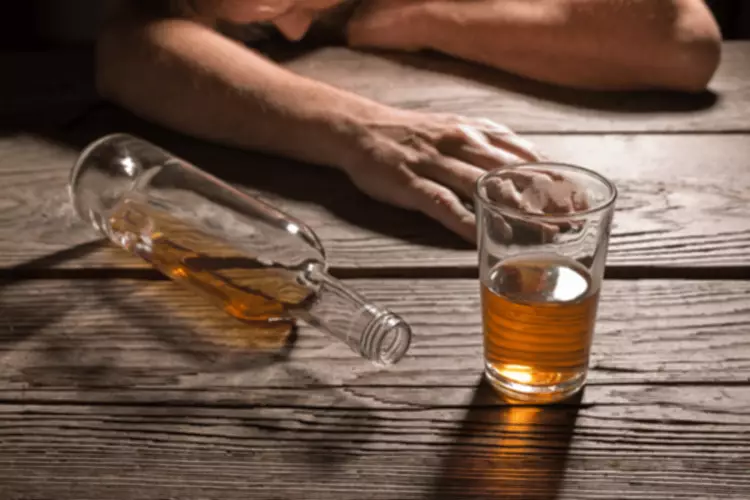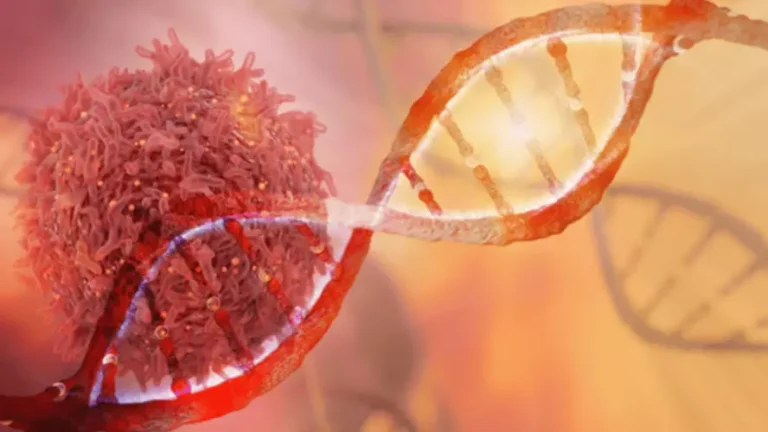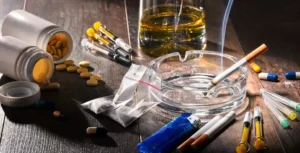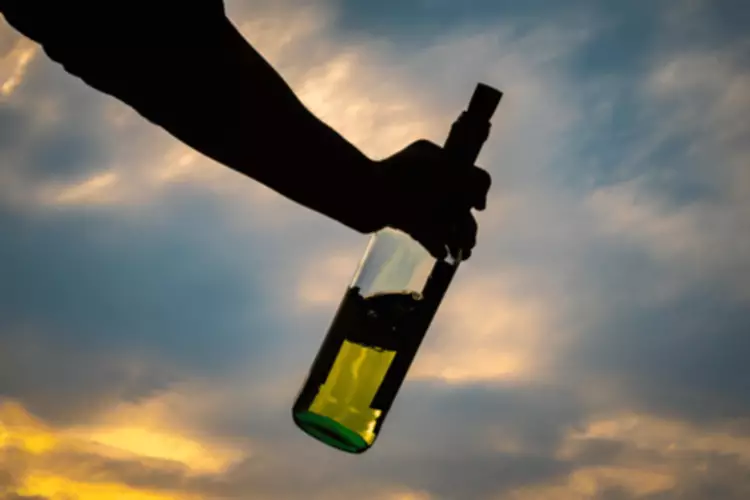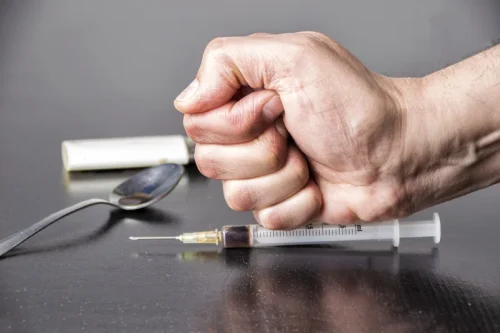Jack O’Connor put himself through detox 20 times, but that didn’t stop his addiction. O’Connor’s limbic reward system had hijacked other systems in his brain — systems that drive judgment, planning and organization — driving them all to seek that pleasure of getting high. This process can go on during years of sobriety, according to Savage. Going through detox from heroin can be painful and uncomfortable, on top of intense cravings for the drug. People sometimes use heroin to stop the pain from withdrawal and detox itself. Using multiple forms of treatment is often more effective than just using one.
Health authorities issue warning over synthetic opioid after suspected death
Heroin detox is one of the first steps toward recovery from addiction. This phase of treatment helps individuals overcome withdrawal symptoms in a safe environment. Shooting heroin is the most dangerous way to consume the drug because the full dose of the drug makes it to the brain. Most people start by smoking or snorting heroin, and they don’t transition to IV use until they’ve been addicted for several months or years. If they swallow the drug, some of the heroin will be metabolized and leave the body before it reaches the brain.
Anatomy Of Addiction: How Heroin And Opioids Hijack The Brain
It is important to notice that tolerance to morphine can develop independent of the mechanisms responsible for the development of withdrawal syndrome. For example, PKC inhibition can reduce tolerance to the analgesic effects of morphine but does not prevent naloxone-precipitated withdrawal symptoms in mice [107]. Another important aspect of morphine tolerance is the limited cross-tolerance to heroin and 6-MAM, at least for what concerns analgesia [108]. However, only a fraction of the dose is actually absorbed, as heroin can be hydrolysed in the nasal cavity by a variety of enzymes [37, 38]. Also in this case the Cmax is much lower and the Tmax longer (about 4–5 min) than after i.v. This explains why ‘snorters’ do not achieve the same level of euphoria experienced by ‘mainliners’, or even smokers [39].
A new report shows drug overdose deaths still on decline in Florida. But why?
Adaptation is arguably the brain’s most impressive feature, and for those whose discomfort compels an attempt to seek relief in a pill or a shot of opiates, the effects become more and more elusive. The more opiates one imbibes, the more the brain adapts to counteract their effects. Not only do regular users rarely get high, they experience increased pain, as the brain creates the state that drugs were used to address. This article will explain the signs of heroin addiction, including mental and physical signs. It will also describe how a person or their loved ones can get support.
Thus, there is no reason to discard a major role of heroin per se in the early response to heroin in humans, contrary to the widely held notion of heroin as a mere pro-drug. In addition, women have a unique set of risk factors for opioid use disorder. https://sober-home.org/ Compared with men, women also are more likely to be prescribed opioid medicines, to be given higher doses and to use opioids for longer periods of time. Women also may be more likely than men to become dependent on prescription pain relievers.
ORIGINS OF DRUG LIKING
Heroin, for example, might act on a splice variant of the MOP [81, 166], possibly with regulatory actions on other opioids and/or receptor types. As mentioned in the previous sections, significant pharmacological activity of heroin metabolites has been demonstrated in several analgesia-related paradigms [29, 135, 136]. In contrast, other effects of heroin metabolites, possibly more relevant to heroin use disorder, have received much less attention. Time course of venous concentrations of heroin (blue line), 6-MAM (red line), morphine (green line), and M6G (dotted grey line), after an i.v.
Table Table22 provides a synopsis of pharmacodynamic parameters for heroin and its metabolites. Notice that these parameters were estimated using a variety of test assays, often in studies that did not compare all substances in parallel. Both M6G and M3G are excreted partly with the urine and partly with the stool, after biliary excretion [61]. A small fraction of M6G and M3G excreted with the bile is de-glucuronidated by enzymes produced by the colonic flora, and the resulting morphine undergoes enterohepatic cycling [53]. The pharmacokinetics of heroin will be discussed for each route of administration.
Many people start using heroin to deal with anxiety, worries, and other stressors. One study found that 75% of people who use heroin also had mental health conditions such as depression, ADHD, or bipolar disorder. One expert says the average person could relapse four or five times over eight years to achieve a single year of sobriety. Every person is different, and underlying issues, such as mental health problems, can affect a treatment plan.
Opioid tolerance occurs because the brain cells that have opioid receptors on them gradually become less responsive to the opioid stimulation. For example, more opioid is needed to stimulate the VTA brain cells of the mesolimbic reward system to release the same amount of DA in the NAc. Therefore, more opioid is needed to produce pleasure comparable to that provided in previous drug-taking episodes. Repeated exposure to escalating dosages of opioids alters the brain so that it functions more or less normally when the drugs are present and abnormally when they are not.
Morphine-6-glucuronide activity at DOP is approximately 6 times lower than at MOP, but similar if not greater than that of morphine [119, 126]. In contrast, it has been shown that heroin efficacy, as indicated https://sober-home.org/ecstasy-detox-symptoms-timeline-medications-and/ by MOP-mediated G-protein activation, is higher than that of morphine and M6G, and at least comparable to that of 6-MAM [86]. However, these findings were not confirmed by other studies [89, 90].
Some of these deaths happen because heroin is laced with other drugs, such as the powerful painkiller fentanyl. Fentanyl has become one of the leading contributors to overdose deaths in the U.S. Florida Attorney General Ashley Moody has touted the decrease in deaths as a result of increased law enforcement, increased awareness about fentanyl and naloxone, the life-saving opioid overdose reversal drug. Other brain areas in addition to the LC also contribute to the production of withdrawal symptoms, including the mesolimbic reward system.
Your medical team can help you find the treatment plan that works best for you. Experts say this medication-assisted treatment (MAT) is the “gold standard” of care for people who have heroin addiction. In a 2007 study published in the Lancet, a survey of doctors and psychiatrists concluded that heroin was the most addictive drug because of its effects on pleasure, psychological dependence and physical dependence.
- Despite effective interventions for treating substance use disorders, including medications and behavioral therapies, adoption of these practices remains low and demand exceeds treatment capacity.
- You won’t be held responsible for any damages that may come from providing this care.
- Snorting heroin delivers a large portion of the drug to the brain.
- A drug like heroin creates a tidal wave in the reward circuits of the brain.
- The compounded forms are significantly cheaper than the branded drugs.
- Many prescription drugs have formulas that make pills difficult to crush and snort or to melt and inject.
Others may not experience peak symptoms until the third day, and they could feel late symptoms for more than a week. Different types of heroin, such as black tar heroin or white powder heroin, may affect withdrawal length depending on the purity of the substances. Speedballing — mixing heroin with cocaine — or using heroin with other types of drugs may also complicate the withdrawal process. With respect to heroin [171], 6-MAM is nearly equipotent in inducing naloxone-reversible psychomotor activity [172–174] and psychomotor sensitization following repeated administration [175]. Although morphine is considerably less potent than heroin and 6-MAM in enhancing locomotor activity [174], it can easily induce psychomotor sensitization [176, 177].
Naloxone is a safe medication that can quickly reverse an overdose from opioids like heroin if it is given in time. It can restore normal breathing within 2 to 3 minutes in a person whose breath has slowed, or even stopped, as a result of opioid overdose. Naloxone won’t harm someone if they’re overdosing on drugs other than opioids, so it’s always best to use it if you think someone is overdosing. As heroin use escalates, the brain begins to build a tolerance to the drug, requiring higher doses to feel the same effects. Over time, people become physically dependent on the drug and need it to function normally. Many individuals don’t realize they have a problem until they’ve developed a full-blown heroin addiction.
Alertness, muscle tone, and respiration drop, and the acute opioid effects of sedation, shallow breathing, etc., appear. Many factors, both individual and environmental, influence whether a particular person who experiments with opioid drugs will continue taking them long enough to become dependent or addicted. For individuals who do continue, the opioids’ ability to provide intense feelings of pleasure is a critical reason.
Similarly, electrophysiological experiments by Kiyatkin and Rebec (1997) [154] have shown a transient inhibition of dopaminergic neurons in association with heroin self-administration. Against this profusion of ‘negative’ findings in the rat, stand the results of studies conducted using optogenetic tools in mice, which implicate dopaminergic mechanisms in heroin self-administration [164, 165]. Naltrexone is used to help patients avoid relapse after they have been detoxified from opioid dependence. Its main therapeutic action is to monopolize mu opioid receptors in the brain so that addictive opioids cannot link up with them and stimulate the brain’s reward system. Naltrexone clings to the mu opioid receptors 100 times more strongly than opioids do, but it does not promote the brain processes that produce feelings of pleasure (Kosten and Kleber, 1984). An individual who is adequately dosed with naltrex-one does not obtain any pleasure from addictive opioids and is less motivated to use them.
Although 6-MAM is produced by plasma esterases while heroin is still distributing to the brain and other peripheral compartments, heroin remains by far the prevailing opioid in the plasma for about 8 min [26]. Injection, heroin and 6-MAM coexist in the blood and in the brain, there is no reason to dismiss the role of heroin itself in producing the ‘flash’. This route of administration has been recently employed for the administration of medical grade heroin as a replacement treatment in people with heroin use disorder [48] (see Conclusions).






